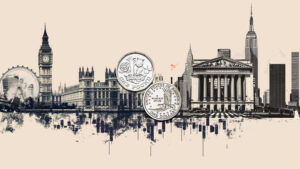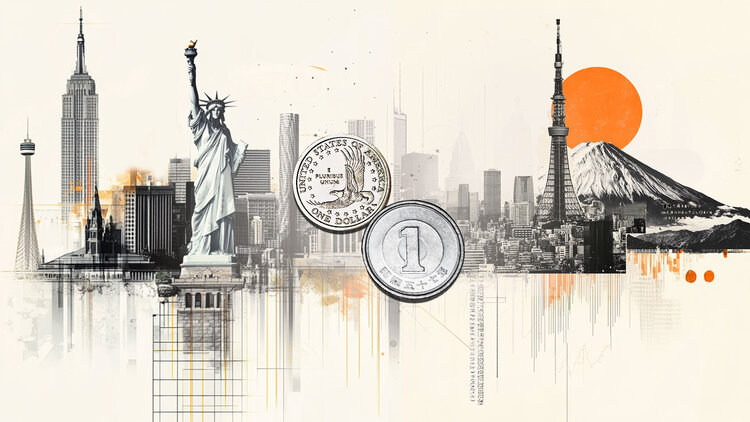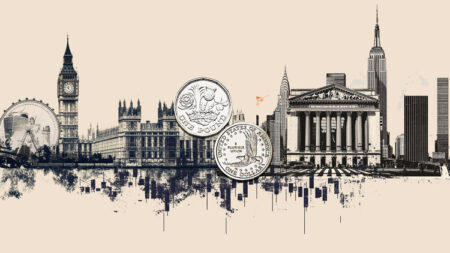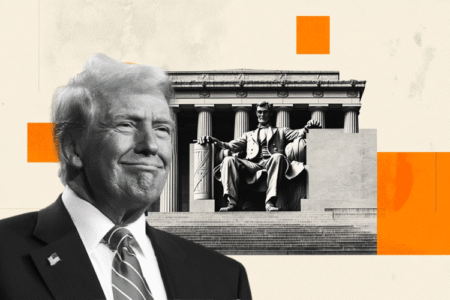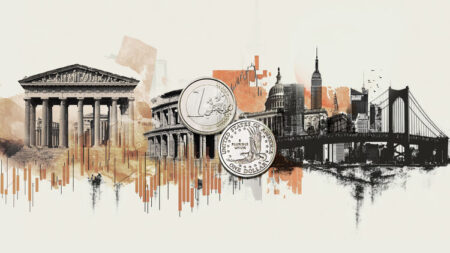- The Dollar pares losses against the Yen as investors shift their focus to the US-Japan trade talks.
- USTreasury secretary Bessent said earlier on Tuesday that he is seeking the best deal for Americans.
- Japanese negotiator Akazawa is in Washington, but the negotiations seem to have stalled.
The US Dollar is trading higher against the Japanese Yen on Tuesday as the market digests the results of last week’s elections in Japan and shifts the focus back to the uncertain trade relationship between both countries.
The Yen reacted positively to the election results, as the defeat of the ruling coalition was expected. Investors sighed with relief as Prime Minister Isiba vowed to remain in office to continue the trade negotiations with the US and to avoid the opposition party’s tax-cutting plans.
The Yen loses ground with trade talks in a dead-end
Trade talks will be front and centre, leading the USD/JPY pair this week, as investors’ anxiety grows with the August 1 deadline approaching.
Trump increased pressure, complaining about the low sales of US cars and American rice in Japan. Earlier on Tuesday, US Treasury Secretary Bessent said that the US is more focused on the quality of the agreements than on their timing.
Japanese top negotiator, Rosei Akazawa, flew to Washington on Monday in an attempt to secure a deal with the US. The negotiation, however, seems to be stalled and the threat of 25% tariffs on Japanese exports is likely to be a weigh for the Japanese Yen.
In the calendar today, the main event will be Fed Powell’s speech in Washington. He is not expected to speak about monetary policy, as the bank is in its two-week blackout period ahead of the monetary policy meeting. However, his comments about the independence of the central bank, amid continuous attacks from the US President, are likely to move markets.
Tariffs FAQs
Tariffs are customs duties levied on certain merchandise imports or a category of products. Tariffs are designed to help local producers and manufacturers be more competitive in the market by providing a price advantage over similar goods that can be imported. Tariffs are widely used as tools of protectionism, along with trade barriers and import quotas.
Although tariffs and taxes both generate government revenue to fund public goods and services, they have several distinctions. Tariffs are prepaid at the port of entry, while taxes are paid at the time of purchase. Taxes are imposed on individual taxpayers and businesses, while tariffs are paid by importers.
There are two schools of thought among economists regarding the usage of tariffs. While some argue that tariffs are necessary to protect domestic industries and address trade imbalances, others see them as a harmful tool that could potentially drive prices higher over the long term and lead to a damaging trade war by encouraging tit-for-tat tariffs.
During the run-up to the presidential election in November 2024, Donald Trump made it clear that he intends to use tariffs to support the US economy and American producers. In 2024, Mexico, China and Canada accounted for 42% of total US imports. In this period, Mexico stood out as the top exporter with $466.6 billion, according to the US Census Bureau. Hence, Trump wants to focus on these three nations when imposing tariffs. He also plans to use the revenue generated through tariffs to lower personal income taxes.
Read the full article here





